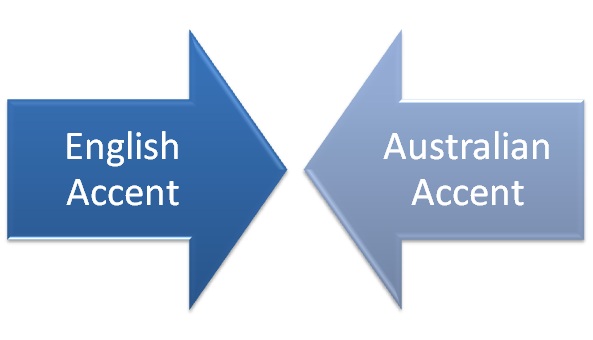English Accent vs Australian Accent
Understanding the distinctions between the English and Australian accents can be intriguing. Although both accents utilize the English language, the pronunciation of words differs between the two. To an untrained ear, the English and Australian accents may seem similar, especially when compared to the American accent. Accent does not negatively impact the language, but it can make it easier for native speakers to recognize non-native speakers. This article aims to highlight the differences between the English and Australian accents.
Key Takeaways
- English accent can be understood if spoken slowly, while the Australian accent is deciphered if spoken quickly.
- Australian accent predominantly uses the back of the tongue in pronunciation and limits lip movement, while the English accent does not.
- Australian slang plays a crucial role in understanding the Australian accent, and it is influenced by the American accent.
What is English Accent?
English accents vary significantly worldwide and even within countries where English is the native language. Linguists believe that there are differences in accents when English is spoken in England, Scotland, Northern Ireland, and Wales. Various regional accents can be identified by specific characteristics, leading to a wide range of English accents across Britain.
The English accent can be deciphered if spoken slowly, so the words do not seem to run together. English speakers do not limit their lip movement while speaking and do not use the back of the tongue in pronunciation. They also do not hold the tip of the tongue close to the roof of the palate when speaking.
What is Australian Accent?
Although Australians speak English, their accent differs from that of the English. The Australian accent primarily focuses on vowel pronunciation. The most notable difference between the English and Australian accents is in vowel pronunciation. In the Australian accent, words ending in ‘ay’ are pronounced ‘ie,’ and the long ‘a’ is pronounced as ‘æ.’
Though the Australian accent does not have significant regional variations, there are some documented differences. Studies have shown that people in Victoria tend to pronounce the vowel in words like dress, bed, and head as ‘æ.’ As a result, words like “celery” and “salary” are pronounced similarly. In Western Australia, words such as “beer” are pronounced with two syllables (‘ biː.ə’ or ‘be-ah’) instead of one syllable ‘biə.’
The Australian accent has also been increasingly influenced by the American accent since the 1950s, mainly due to pop culture, mass media, and the internet. For example, Australians may say “yair” for “yes” and “noth-think” for “nothing.”
The Australian accent can be understood if spoken quickly, allowing the words to run together. Australian slang is essential in comprehending the Australian accent. Australians use many of the same words as the English, such as “lift” for an elevator. One key difference between the two accents is that Australians predominantly use the back of the tongue in pronunciation, limit lip movement, and hold the tip of the tongue close to the palate when speaking.
